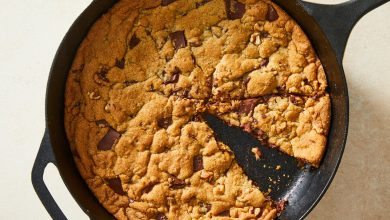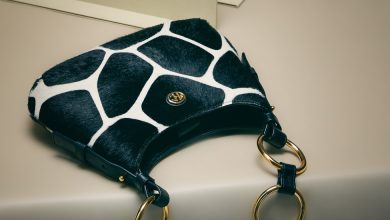The Mâconnais: White Burgundy in All but Price

Back in the early 1980s, Mâcon-Villages was my gateway to white Burgundy, though I had no idea at the time.
I knew it was white, French and cheap, $5.99 in the era when that price could buy a decent bottle. I might even have known it was chardonnay, though that fact had few of the connotations that it does today.
Wines of the Mâconnais have come a long way since those days. The determined ambition of many of the producers, the quality of the wines and, of course, the prices have all increased. Top-flight producers in the Côte d’Or, the heart of Burgundy, like Leflaive and Lafon, now have long-established labels there, though their names come at a premium.
This month we’ll check out the Mâconnais. As I do each month, I suggest three bottles to drink in a natural setting, with food and friends or family. Please share your impressions in the comments.
Here are the suggestions:
Domaine Frantz Chagnoleau Mâcon-Villages Clos Saint-Pancras 2020, 13 percent (Skurnik Wines, New York) $25
Merlin Mâcon La Roche Vineuse 2020, 13.5 percent (Becky Wasserman & Company/Grand Cru Selections, New York) $29
Bret Brothers Mâcon-Chardonnay Les Crays 2020, 12.5 percent (Becky Wasserman & Company, T. Elenteny, New York) $38
These bottles are a far cry from the cooperative wines of old, which were produced in quantity to be sold cheaply. You may not be able to find these quality-minded producers, or even different cuvées or vintages, which is fine. Two Mâconnais appellations in particular, St.-Véran and Pouilly-Fuissé, are often considered a step up from those labeled Mâcon. You will pay accordingly.
If you don’t come across these labels, other producers to look for include: Maison Valette, Daniel et Julien Barraud, Domaine Cheveau, Château de la Greffière, Henri Perrusset, Pierre Vessigaud, Domaine Pascal Bonhomme and Domaine André Bonhomme.
For a little more money, try Les Héritiers du Comte Lafon, Domaine Leflaive and Guffens-Heynen, a producer I’ve long admired but haven’t seen in stores recently.
By the way, the appellation of the Bret Brothers wine, Mâcon-Chardonnay, refers to an actual village in the Mâconnais, Chardonnay, not to the grape. Some have conjectured that the grape originated in that village. Maybe so.
Serve these wines cool but not icy, a recommendation I’ve issued regularly but is important enough to bear repeating.
What to eat with these bottles? I’m pretty sure all of you have a good idea of what you’d like to eat with a white wine that will seem familiar but, I hope, show a distinctive character. Over at New York Times Cooking you can find tons of recipes for seafood and poultry that would go beautifully with these bottles, as well as plenty of vegetarian and vegan alternatives.
Follow NYT Food on Twitter and NYT Cooking on Instagram, Facebook, YouTube and Pinterest. Get regular updates from NYT Cooking, with recipe suggestions, cooking tips and shopping advice.





